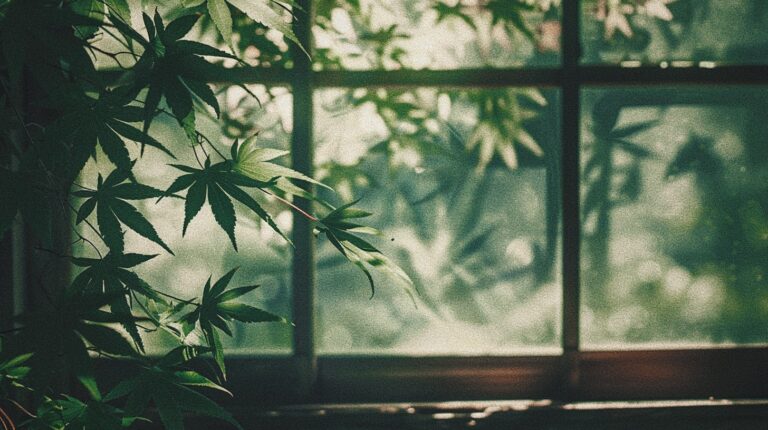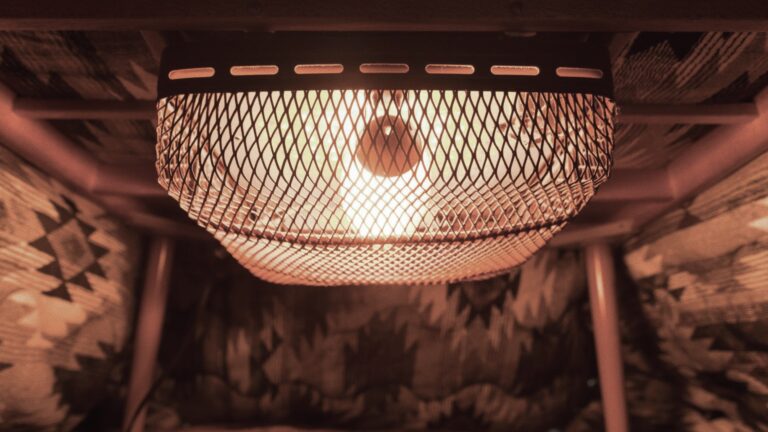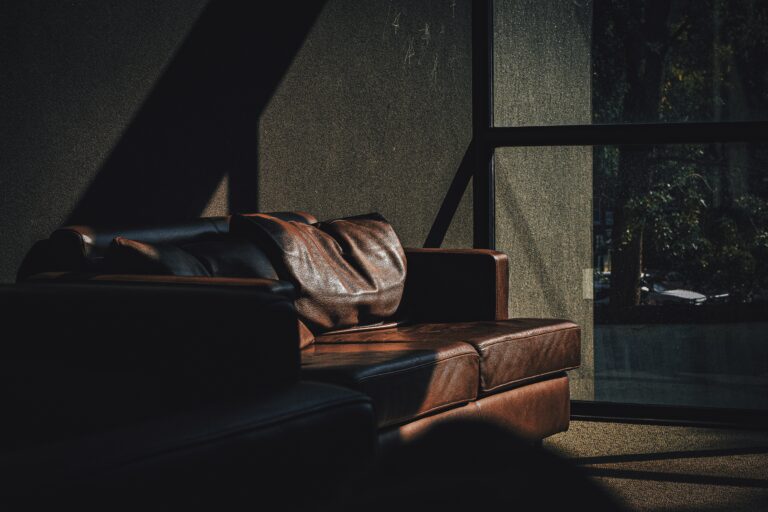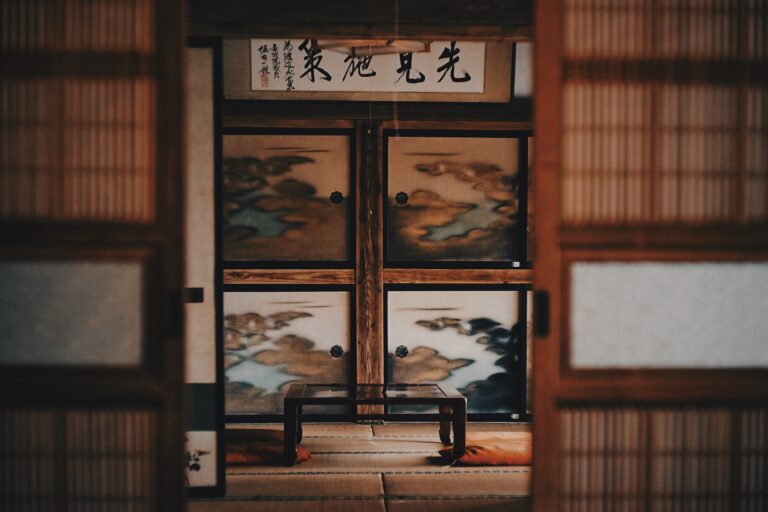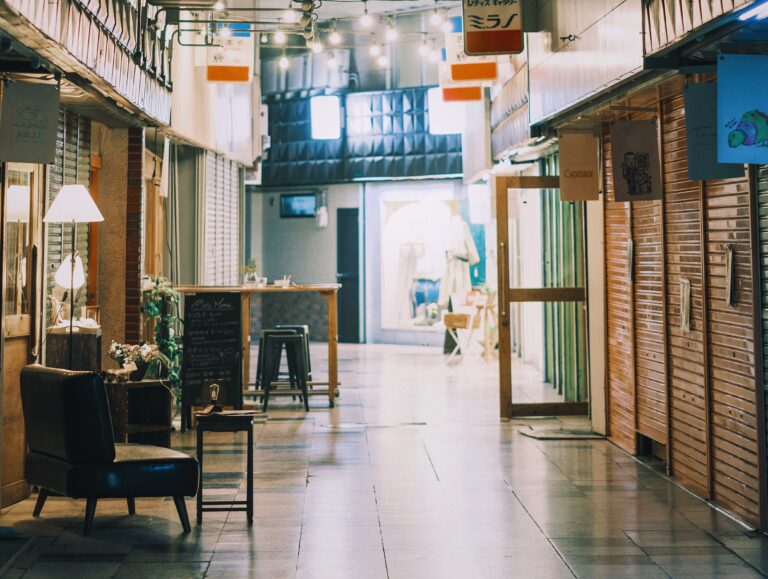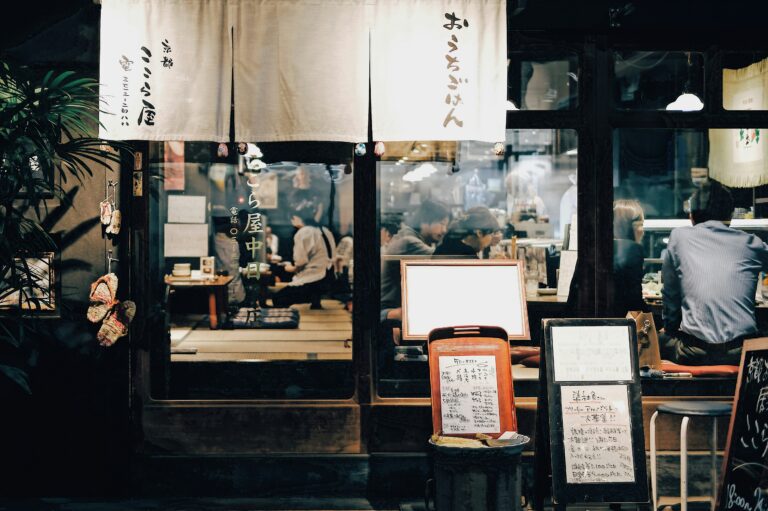NHK just published a new episode of Japanology Plus with a fresh look at what is happening with some of Japan’s vacant houses.
The program tours a few cases where vacant houses are reimagined for investment, flip, and local revitalization potential.
Some real estate investors take advantage of the low price for akiyas, renovating and offering the houses for rent.
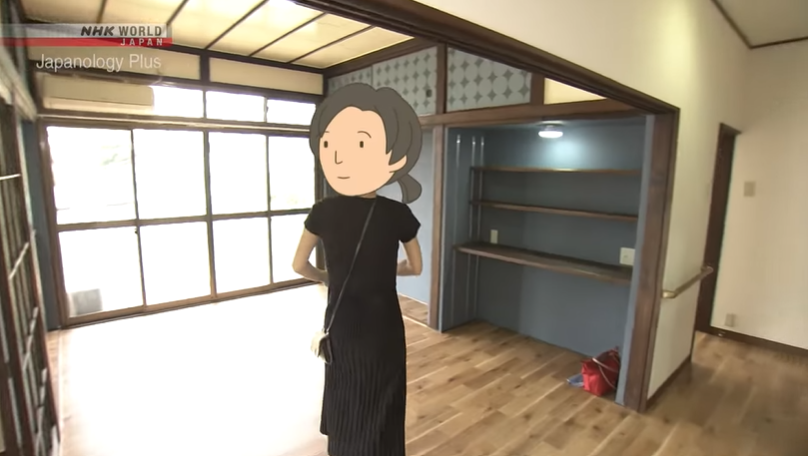
Young people in Japan have uncertainty about the stability of their income in the future. And with insecurity in Japan’s pension programs for seniors, home ownership is once again being considered as a means for some degree of financial security.
Adaptive reuse reimagines new purposes for vacant Japanese properties.
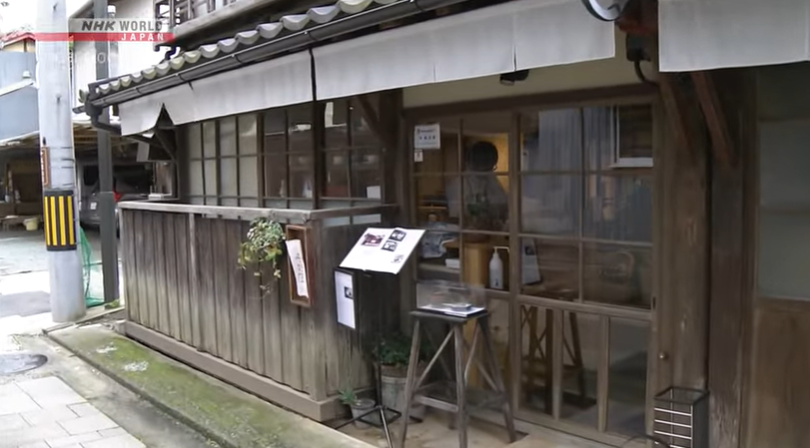
Cities like Ozu, Ehime, has seen akiya and old kominka houses renovated into shops, cafes, and hotels.
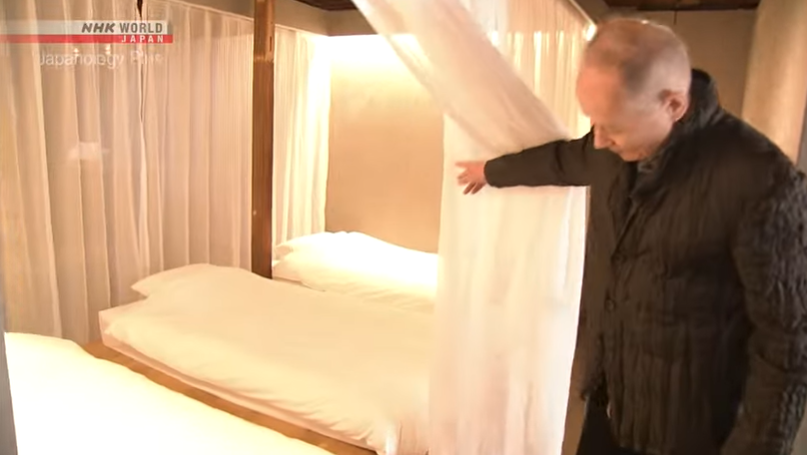
“Decentralized hotels” spread out hotel rooms across multiple buildings, utilizing local amenities instead of in-hotel resources. This model shares revenue with local vendors and restaurants.
Japan is now renovating single-family homes into single-occupant homes.
“In Japan, houses are often designed to appeal to a broad range of buyers. The aim is to ensure that at least one of them will buy it. This is the opposite. We just want to find one person in hundreds or thousands who would really love it. This house has a focused appeal” said Hosakawa-san, who renovated a 50 year-old house in Yao, which had previously been occupied by a mother and son.
Next to the main veranda and floor-to-ceiling windows, one might expect a living room with sofa and TV. Instead, this house uses the central space for a large luxury bath, visible from a minimal kitchen.
